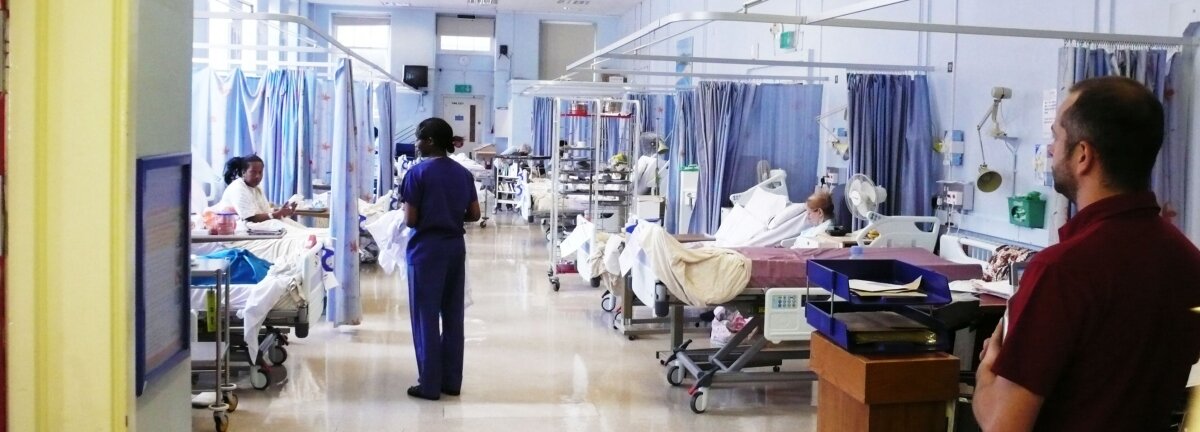Design for Patient Dignity

Launched in October 2009, Design for Patient Dignity brought the Design Council together with the Department of Health and healthcare specialists from the Royal College of Art Helen Hamlyn Centre to develop new designs showing how different privacy and dignity issues could be solved.
This pioneering programme showed how the redesign of a few simple artefacts could increase dignity and control for patients.
Mat Hunter, Chief Design Officer, Design Council
The problem
Going into hospital can be a worrying experience for many people. If they have to share sleeping accommodation or bathroom facilities with members of the opposite sex, it can be even more stressful.
Today same-sex accommodation is the norm for most patients in the NHS: less than one in ten patients who are in hospital for planned care report that they had to share a room with a member of the opposite sex. But patients who have experienced mixed-sex accommodation say they felt this compromised their privacy and dignity at a time when they already felt vulnerable, and this was a concern for them and their families.
The insight
The Department of Health asked Design Council to bring designers, manufacturers and frontline NHS staff together to see if they could come up with new ideas that would help the NHS improve hospital environments and the experiences of patients. This applied not only to same-sex accommodation, but also to the whole patient experience while in hospital.
Design Council assigned teams of designers and design research specialists to work with hospitals around the country. Immersing themselves in the hospital environment meant they were able to find out the full range of privacy and dignity issues that affect both patients and staff. Interviewing and observing patients, staff and visitors enabled the research teams to find out the areas that were causing people most concern, as well as which needs and expectations were not being met.
Because it was important that a range of experts gave advice and guidance from the very beginning of the design process, an Advisory Board and an Expert Reference Group were brought together, made up of professionals from the NHS, academia and industry. Working together, they established design briefs to address six specific issues, as well as one open brief.
Our response
The seven design briefs were opened up to the UK’s designers, architects and manufacturing industry, who were invited to form teams of designers and manufacturing and design partners. A matchmaking event also introduced potential manufacturing partners to each other.
Six teams including leading UK designers Ben De Lisi, Together Creative Collaboration / Anthony Dickens Studio and Azhar Architecture / Slider Studio were selected to work on creating proof-of-concept designs. In addition, specialists in healthcare design from the Royal College of Art Hamlyn Centre were invited to develop their own design solution to the briefs.
The results
A series of new design concepts were developed including a universal gown, washroom pod and signage system, demonstrating how designers - working closely with patients and healthcare experts - can bring new thinking to real and important challenges to come up with creative solutions.
Mat Hunter, Chief Design Officer at Design Council, says: “The role of positive patient experiences in healthcare is increasingly accepted as important – how you feel can lead to faster recovery rates, less need for pain medication and more – and this pioneering programme showed how the redesign of a few simple artefacts could increase dignity and control for patients.”
Subscribe to our newsletter
Want to keep up with the latest from the Design Council?
